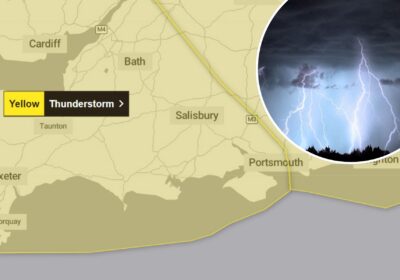by Sally Gregson.
DURING the winter months the structure of a garden becomes more apparent – the lines of fencing and hedging, punctuated by the verticality of trees, form shapes and outlines.
In a new garden it’s quite important to put in the structural plants – trees, hedges – first of all, at the same time as working out the outline of new beds and borders. Trees and hedges take time to grow.
It can be tempting to plant fast-growing hedging conifers such as Leyland cypresses. But while they get to the desired height very quickly, they don’t stop. They carry on growing at the same rate.
Cutting a hedge two or three times a year gets more laborious the older the gardener gets.
Yew is the very antithesis of such conifers. It is slow-growing and makes dense walls of dark green that are impervious to wind. Provided the ground drains and the plants are kept watered and fed throughout their early springs, they will make a two-metre ‘wall’ well within ten years. And will only need to be cut once a year. Plant them in improved soil two to three metres apart.
Beech (Fagus sylvatica) and hornbeam (Carpinus betulus) both hold their leaves throughout the winter if they are cut as hedges. They should be planted about one metre apart, and it pays to keep them watered, especially in a dry summer. Trim them both twice a year.
Country hedges are easier to maintain. Choose species that are suited to your soil – willows and dogwoods are better in damp, heavy soils; and spindles and field maples are more suitable for well-drained soil. Their berries will feed the wild birds and small mammals can shelter between their thick stems.
When planting any type of hedging it pays to incorporate plenty of garden compost or well-rotted manure in the planting ditch. It holds the moisture, while draining away any excess – it improves the soil texture. So that by the spring your new hedge will get away and look meaningful by the end of summer.









Leave a Reply